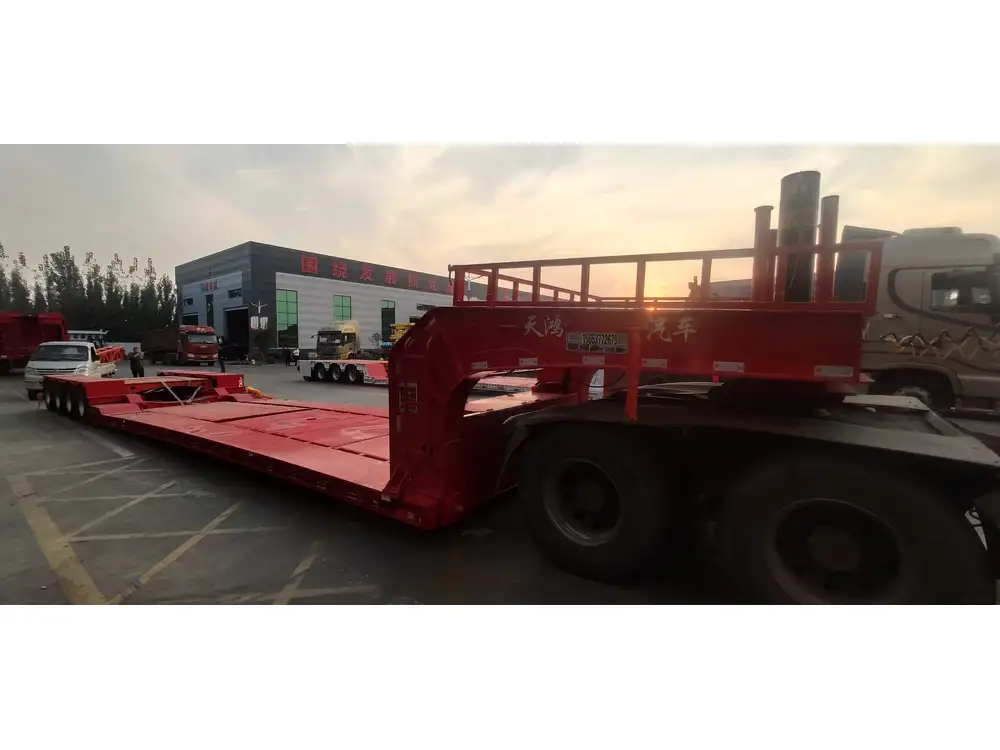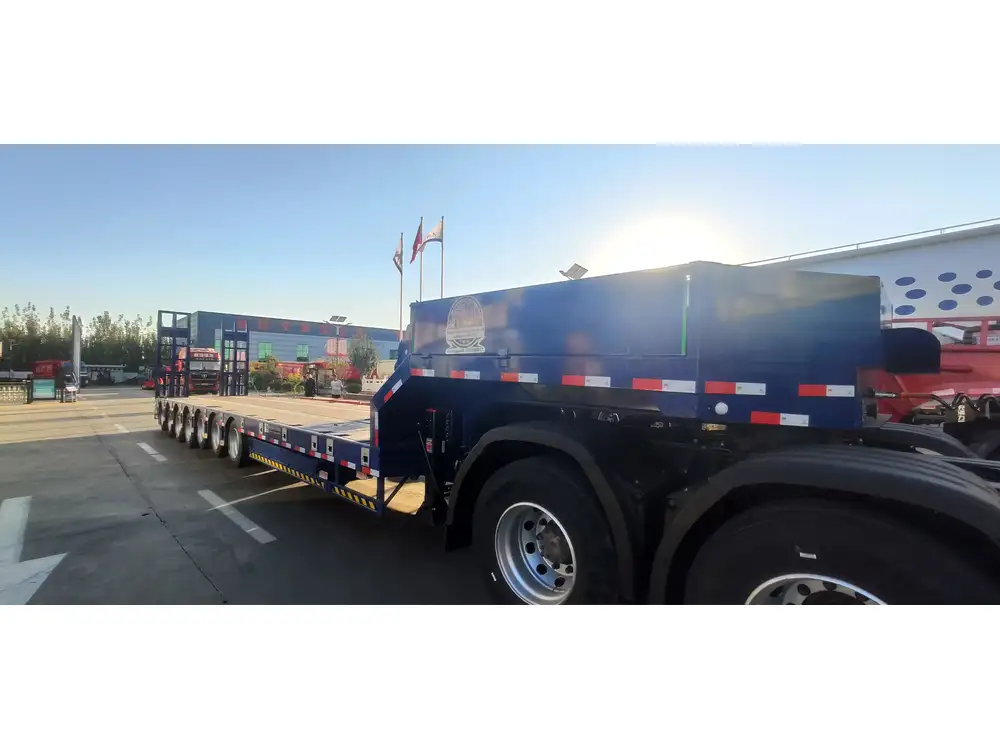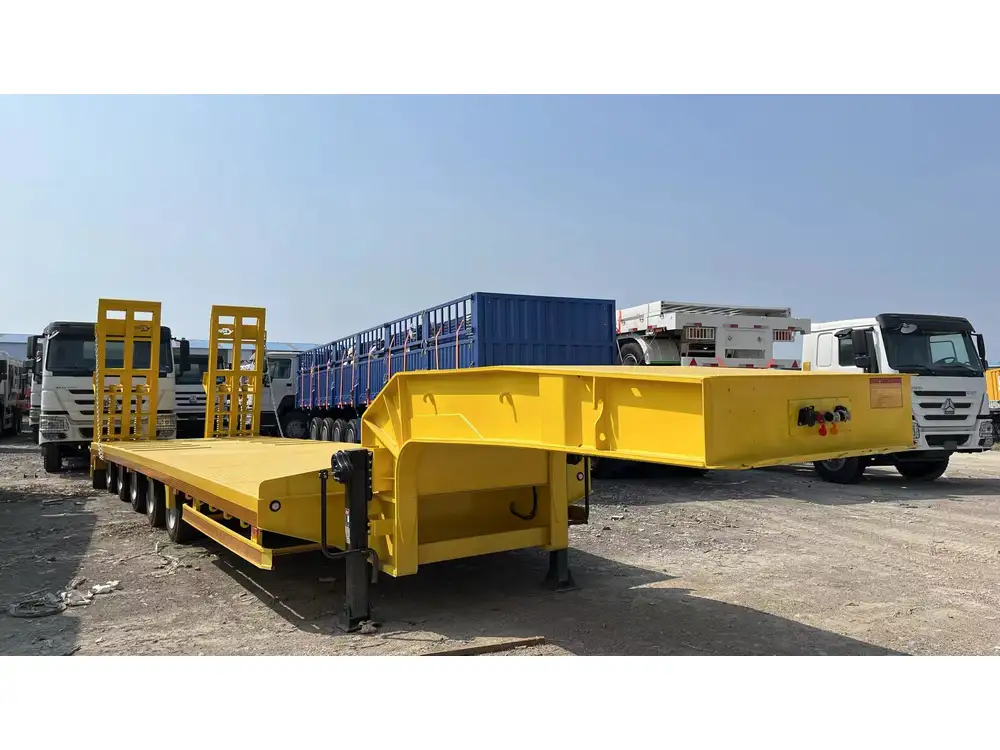Dumping the holding tanks of a travel trailer is an essential task for any RV owner, ensuring that sanitation systems function correctly and that the vehicle remains in top condition. While the process may seem daunting at first glance, it can be simplified and performed reliably with the right knowledge and tools. Below we outline a step-by-step guide, tips, and insights to help you efficiently dump your travel trailer holding tanks, while also addressing common user queries and concerns.
Understanding Your Holding Tanks
Types of Holding Tanks
Black Water Tank
- This tank holds waste from the toilet. It is critical to maintain and dump this tank regularly to prevent odors and clogs.
Gray Water Tank
- This reservoir collects wastewater from sinks, showers, and dishwashers. While gray water is generally less hazardous than black water, it should still be disposed of responsibly.

Key Components
- Dump Valve: The mechanism that allows the contents to be released.
- Sewage Hose: A flexible tube that transports waste from the tank to the disposal point.
- Dump Station: A designated area for disposing of camper waste, typically found at campgrounds or rest stops.
Preparing to Dump Your Tanks
Before proceeding with the dumping process, proper preparation is essential. Follow these steps:
Gather Necessary Tools
| Tool | Purpose |
|---|---|
| Sewer Hose | Connects the dump valve to the dump station |
| Gloves | Protects hands from pathogens |
| Rags or Paper Towels | For cleanup |
| Water Hose (optional) | Useful for rinsing out the tanks and hoses |
| Tank Deodorizer | To minimize odors in the tanks |

Check Your Tank Levels
Ensure you have sufficient waste in both tanks before proceeding. Typically, the gray water tank can be emptied more frequently than the black water tank.
Step-by-Step Process for Dumping Holding Tanks
1. Locate a Dump Station
Use apps or maps designed for RV users to find the nearest dump station. Always confirm operating hours and availability.

2. Position the Travel Trailer
Carefully maneuver your trailer into position, ensuring that the sewer hose can reach the dump station’s drain without kinks. Level the trailer if possible, as this facilitates better drainage.
3. Prepare the Sewer Hose
- Remove the Cap: Take off the cap from the dump valve to access the tank.
- Connect the Hose: Attach your sewer hose to the dump valve, ensuring a secure fit to prevent leaks.
4. Dump the Black Water Tank First
- Open the Valve: Pull the black water valve handle. Allow the tank to empty completely. Expect a strong odor; this is entirely normal.
- Monitor the Flow: Keep an eye on the flow to ensure no obstructions or backups occur.

5. Rinse the Black Water Tank
After emptying, it’s wise to rinse the black water tank.
- Flush with Water: Use a tank rinser or a hose attached at the dump station if available. Fill the tank halfway, then dump again for thorough cleaning.
6. Dump the Gray Water Tank
After the black water tank is thoroughly emptied and rinsed, proceed with the gray water tank:
- Open the Valve: Pull the gray water valve handle. This water acts as a disinfectant, helping clean your hose as it drains.
7. Rinse the Gray Water Tank (optional)
Just as with the black water tank, consider rinsing the gray water tank while at the dump station, if it’s easy to do so.

8. Clean Up
- Close Valves: Ensure both valves are properly closed after dumping.
- Disconnect the Sewer Hose: Carefully remove the hose, and store it in a designated holder.
- Clean the Hose: Rinse the sewer hose thoroughly using the water hose, if available. This step prevents any residual waste from lingering.
9. Dispose of Gloves and Rags
Immediately dispose of gloves and any rags used in proper waste disposal bins. Sanitize your hands thoroughly after the cleanup.
Essential Tips for Maintaining Your Holding Tanks

Regular Maintenance
- Use Tank Treatments: Employ tank deodorizers regularly, which help break down waste and control odors.
- Check for Leaks: Routinely inspect valves and hoses for leaks, ensuring they are in good working order.
Know Your Tank Capacities
Maintain awareness of your travel trailer’s tank capacities. Most trailers have a capacity of:
- Black Water Tank: Typically ranges from 25 to 50 gallons.
- Gray Water Tank: Usually varies between 30 to 60 gallons.
Many RVs also provide sensors or gauges to indicate the levels, helping you plan dump intervals accordingly.
Troubleshooting Common Problems
Even with the best practices, issues may arise during the dumping process. Here are some common problems and potential solutions:
| Problem | Possible Causes | Solutions |
|---|---|---|
| Foul Odors from Tanks | Insufficient tank treatment; full tanks | Increase treatment frequency; empty tanks more often. |
| Clogs in the Line | Improper waste disposal; foreign objects in the tank | Use a tank cleaner; flush the system with a garden hose. |
| Sewer Hose Leaks | Worn-out hose; loose connections | Replace the hose; check connections regularly. |
| Error in Tank Level Sensors | Faulty sensors or damage | Inspect for damage; clean or replace the sensors as needed. |

Frequently Asked Questions
How often should I dump my holding tanks?
Generally, dump the black water tank every 3 to 5 days, and the gray water tank can be dumped more frequently—about every 1 to 2 days, depending on usage.
What should I do if my black water tank gets stuck?
If tank contents seem stuck, try the following:
- Use a Black Water Tank Sprayer: This tool can break up clogs by introducing water pressure.
- Fill the Tank: Add water to the tank until it is about one-third full before attempting to dump again.

Can I dump my tanks at home?
Dumping tanks at home is not recommended unless you have a proper sewer service connection and comply with local laws. Check regulations as improper disposal can lead to fines.
Conclusion
Successfully dumping your travel trailer’s holding tanks involves understanding their components, employing proper techniques, and regularly performing maintenance. By following the steps and tips outlined in this comprehensive guide, you’ll ensure a more pleasant and hygienic RV experience. Enjoy the freedom of the open road with confidence—your trailer’s sanitation system is now in capable hands.
Learning to dump your holding tanks effectively not only enhances your enjoyment of RVing but also protects the environment by ensuring waste is handled responsively. Happy travels!



